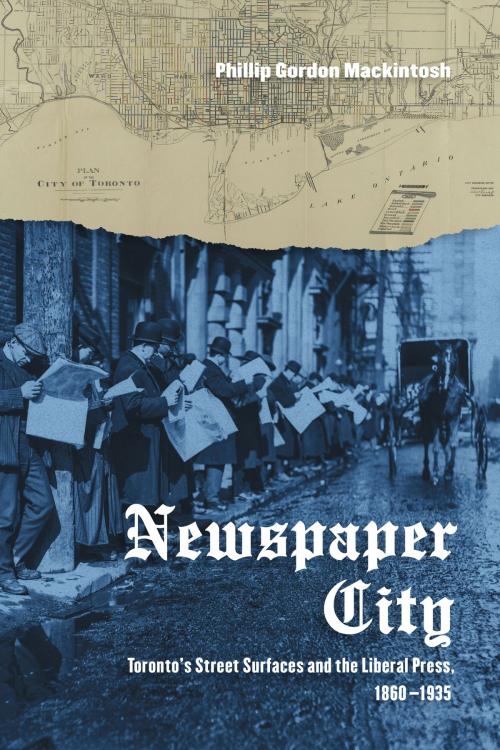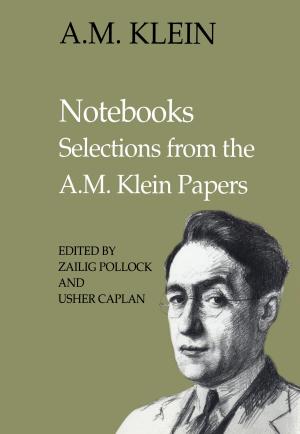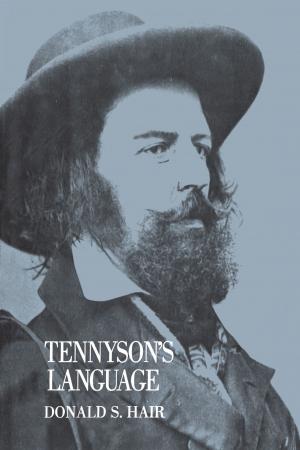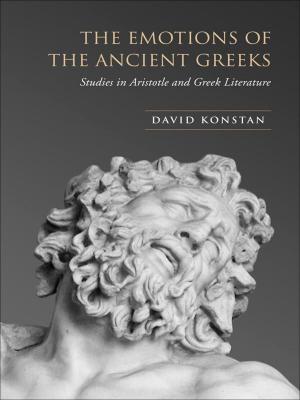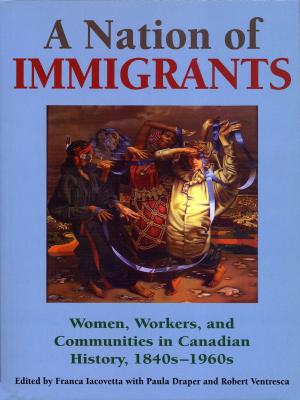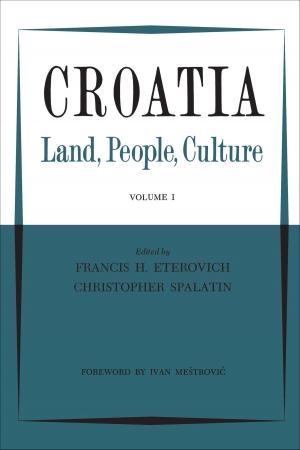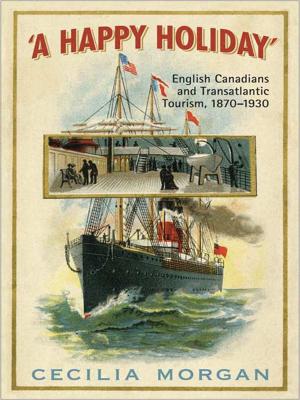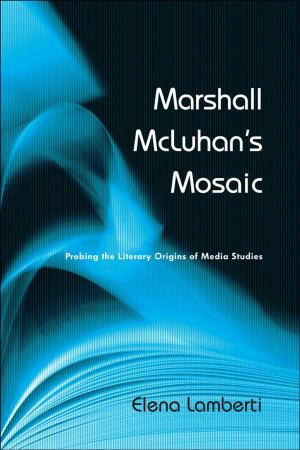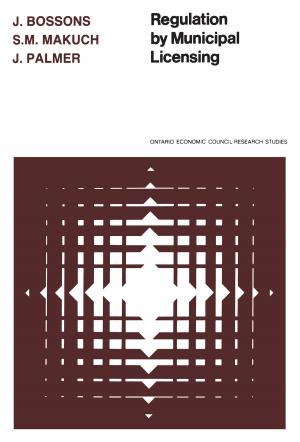Newspaper City
Toronto's Street Surfaces and the Liberal Press, 1860-1935
Nonfiction, History, Americas, Canada| Author: | Phillip Gordon Mackintosh | ISBN: | 9781442666573 |
| Publisher: | University of Toronto Press, Scholarly Publishing Division | Publication: | April 24, 2017 |
| Imprint: | Language: | English |
| Author: | Phillip Gordon Mackintosh |
| ISBN: | 9781442666573 |
| Publisher: | University of Toronto Press, Scholarly Publishing Division |
| Publication: | April 24, 2017 |
| Imprint: | |
| Language: | English |
In Newspaper City, Phillip Gordon Mackintosh scrutinizes the reluctance of early Torontonians to pave their streets. He demonstrates how Toronto’s two liberal newspapers, the Toronto Globe and Toronto Daily Star, nevertheless campaigned for surface infrastructure as the leading expression of modern urbanity, despite the broad resistance of property owners to pay for infrastructure improvements under local improvements by-laws. To boost paving, newspapers used their broadsheets to fashion two imagined cities for their readers: one overrun with animals, dirt, and marginal people, the other civilized, modern, and crowned with clean streets. However, the employment of capitalism to generate traditional public goods, such as concrete sidewalks, asphalt roads, regulated pedestrianism, and efficient automobilism, is complicated. Thus, the liberal newspapers’ promotion of a city of orderly infrastructure and contented people in actual Toronto proved strikingly illiberal. Consequently, Mackintosh’s study reveals the contradictory nature of newspapers and the historiographical complexities of newspaper research.
In Newspaper City, Phillip Gordon Mackintosh scrutinizes the reluctance of early Torontonians to pave their streets. He demonstrates how Toronto’s two liberal newspapers, the Toronto Globe and Toronto Daily Star, nevertheless campaigned for surface infrastructure as the leading expression of modern urbanity, despite the broad resistance of property owners to pay for infrastructure improvements under local improvements by-laws. To boost paving, newspapers used their broadsheets to fashion two imagined cities for their readers: one overrun with animals, dirt, and marginal people, the other civilized, modern, and crowned with clean streets. However, the employment of capitalism to generate traditional public goods, such as concrete sidewalks, asphalt roads, regulated pedestrianism, and efficient automobilism, is complicated. Thus, the liberal newspapers’ promotion of a city of orderly infrastructure and contented people in actual Toronto proved strikingly illiberal. Consequently, Mackintosh’s study reveals the contradictory nature of newspapers and the historiographical complexities of newspaper research.
